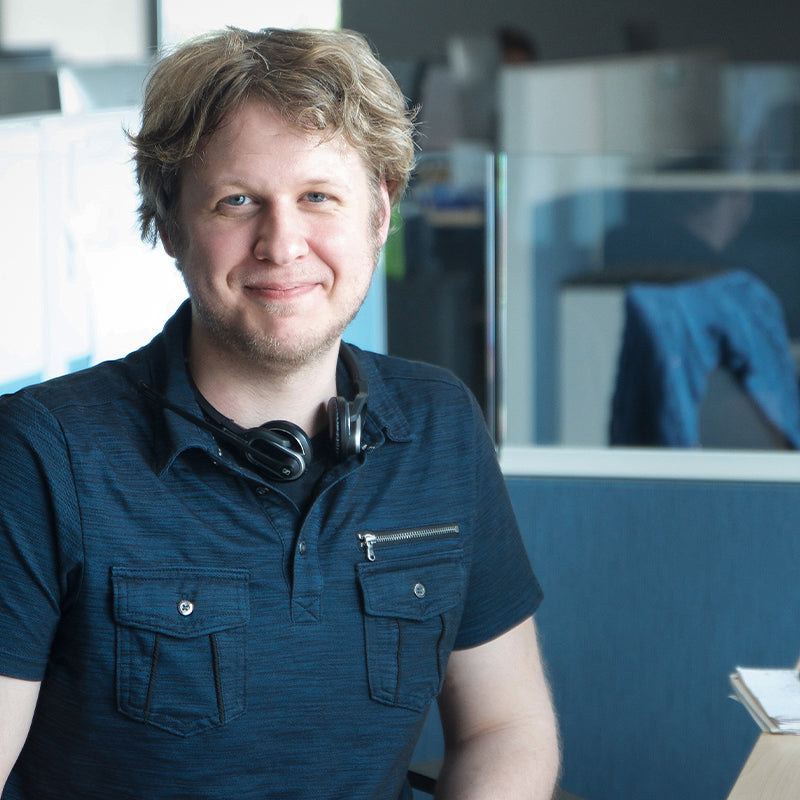Digital pianos are not a new concept. Rather, they've been around for about 30 years! The technology housed inside these instruments is getting better every year, and with each new generation, we're witnessing dramatic improvements in the action (touch of the keys), sound engine, speakers and overall design. Whether you're learning to play, accompanying your own voice, performing live or just plain relaxing, today's digital pianos are your musical Swiss Army knives.
-
Action
The "action" is the name of the actual piano key mechanism. As digital pianos have progressed, one of the key areas of focus has been the action. Manufacturers work very hard to design the action to feel as close to an acoustic piano as possible. Today, even an entry-level model has weighted keys. However, as you move up in quality, typically, the action improves.
-
Sound engine
This is the part of the piano that generates the sounds (not to be confused with speakers) and manages features. The goal of a digital piano is to provide the most accurate playing experience similar to an acoustic piano but with all of the conveniences that digital offers. The primary advantage of a digital piano is the ability to adjust volume and use headphones for private playing and practice. Most models have a variety of sounds including a few acoustic pianos, electric pianos, strings, organs, etc. Having a little variety goes a long way, allowing the player to experiment with different sounds and helping inspire them to be more motivated to practice and create. As you move up in price, many models will add to the number of sounds included and additional features are added within the piano. These could include: recording, changing keys, splitting and layering sounds across the keys, etc.
Since the sound engine is digital and doesn't have strings like an acoustic piano, it never needs tuning.
-
Speakers
Practically every digital piano, from entry-level to top-end models, includes built-in speakers. Incorporating better and more powerful speakers will allow the performer to play with more expression. The piano is a very expressive instrument, capable of dynamic ranges from incredibly soft to very loud.
An acoustic piano produces sound with strings stretched over the soundboard and attached (much like a guitar) to a bridge, which is glued to the soundboard. The soundboard is curved like a bow drawn to shoot an arrow and a cast iron plate holds the curved soundboard in place. The tension caused by this curve helps amplify the sound. Most of the remaining parts are made of wood and contribute indirectly to the overall sound and tone of an acoustic piano.
Conversely, a digital piano's sound is projected exclusively from its powered speakers. The cabinet of a digital piano is almost purely aesthetic and has very little to do with the sound you hear. Digital piano manufacturers build cabinets using MDF covered with laminates in different finishes. MDF works extremely well in this type of product application as it doesn't warp like solid wood, it can more easily be shaped into detailed designs, and costs less (which helps keep the prices of digitals down).
-
Design
If it's for home use in a fixed location, you'll be able to choose from upright or grand-shaped models with a variety of finishes to match your dcor. For homes that have space restrictions, a portable model can be put away in a closet between practice sessions.
For homes where space is at a premium, consider a slimline cabinet such as a Yamaha YDP-S54, Roland DP603, Roland F701 or Korg GB1 Air. This style is not as deep and will most likely fit in any room in your home.
Console designs feature a more traditional look and are available in more finish options. Besides matte black, polished ebony and rosewood, manufacturers are offering alternative finish colors such as white, light oak and dark walnut. Take a look at the Yamaha CLP series, Roland RP, HP, or LX models and Kawai's CA and CN offerings.
Grand-shaped digitals offer the best of both worlds: A stately appearance with flexible volume control. While you can certainly turn up or down the master volume, adjusting the lid will have some effect on the instrument's volume and overall tone as well.
Some manufacturers are also introducing cutting-edge designs that break the molds of traditional piano design. For example, the Casio Privia PX-S7000 is a stunning musical centerpiece for your home. It brings harmony to your life in more ways than one, with a striking modern design in your choice of finishes. Complementing a diverse range of lifestyles and interior decor, its minimalist style reimagines how piano can be incorporated into everyday life.
With so many choices today, it can be difficult to know where to start and what to look for. Kraft Music has been helping musicians of all skill levels since 1984. Please feel free to contact one of our expert Sales Advisors for guidance and assistance. That's what we do!







YOUR MUSIC TECHNOLOGY STORE SINCE 1984